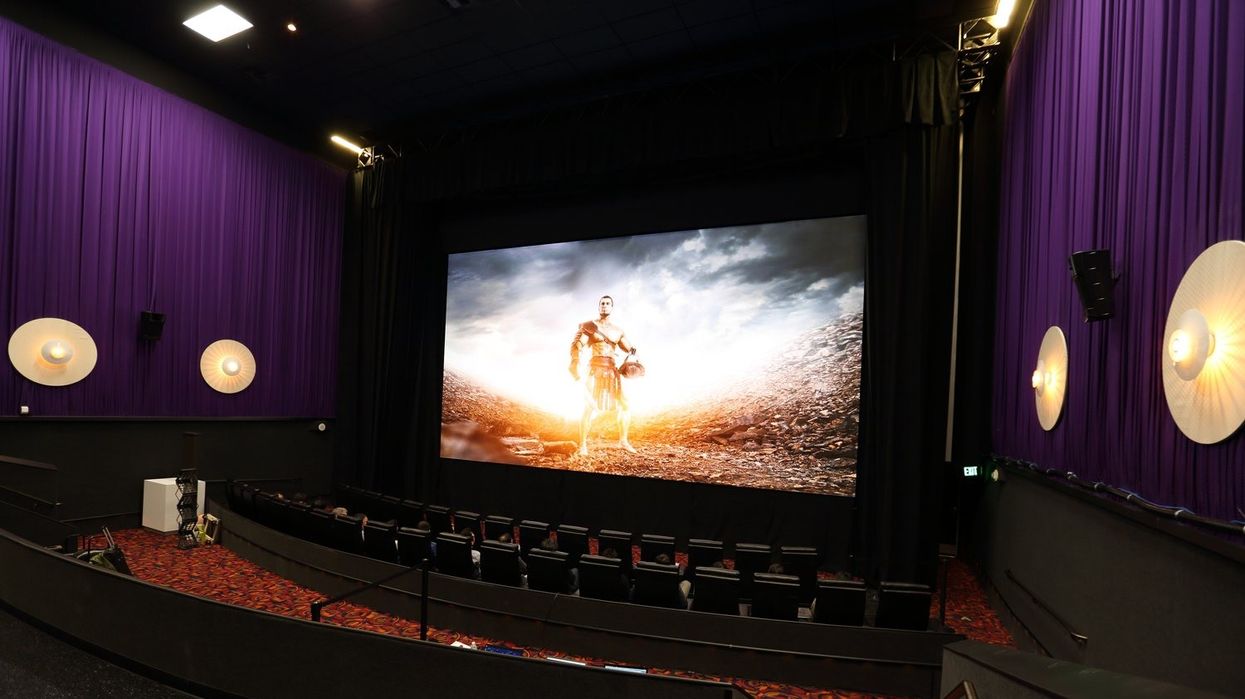Movie Theaters Might Just Be Giant TVs In the Near Future
Samsung has unveiled an LED screen that is movie theater-ready.

First shown at invite-only events back at Cinema-Con in March, Samsung is now publicly showing 34-foot LED screens that are compliant with the DCI spec for digital cinema projection.
Previously, the only devices that passed muster as fully DCI-compliant were projectors, such as Barco, Christie, and NEC units based on Texas Instrument’s DLP Cinema technology and Sony’s LCoS SXRD tech.
So, what does this mean for filmmakers?

In an ideal world, not much, since DCI compliance should ideally mean the image looks identical to a projector-based system. If they both meet the same specs, they should match perfectly, and you, as an audience member, shouldn't notice whether a theater is projection or screen. However, reality doesn't always match up with the ideal, and projection and emissive screens like LED seldom match to absolute perfection. In addition, LED screens will be able to outpace projection quite a bit in brightness, achieving 500 nits or 146-foot lamberts quite easily, while traditional theatrical projection only hits 14-foot lamberts, or 1/10th the brightness. This will have huge effects on HDR releases.
With many filmmakers finishing on flat panel screens (called "glass" in post slang, as in "graded it on glass, showed it in projection, and it looked way different"), a film's appearance often comes as a surprise when projected. If you're able to finish your film on a screen your suite, seeing it on a screen in a theater could provide more consistency in the post process.
Of course, humans perceive color fidelity differently depending on how large the image is, and there is currently no technology to compensate for that. Another consideration is how to handle speaker placement: traditional cinema speakers are placed behind the screen, and this won't work as a layout for a solid LED screen.
Samsung hopes to have commercial units available by the end of the year. No word yet on pricing. Check out ETcentric for more info.











